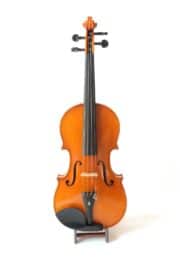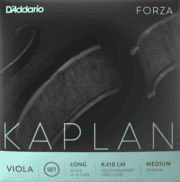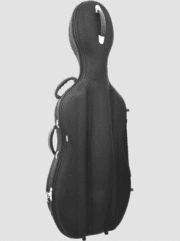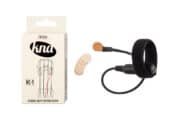Several years ago one of our customers was telling me about an incident that had occurred many years earlier. He was playing with a cherished bow given to him by musician John Denver. As can sometimes happen, the bow flew out of his hands and sailed tip first straight to the stage floor and broke. He kept the bow (both pieces), wondering if or how it could ever be fixed.
Once the tale had been told, I asked him if I could take a look at it.
When a bow is broken off close to the head without leaving any damage to the head of the bow itself, it can be an issue to decide which way to go with a repair. The first repair option would be a head splice in which the broken ends are brought together with the strongest glue. Then a thin saw blade is used to cut a slot lengthwise through the repair joint and through the upper part of the bow head. After cutting, a strip of hardwood veneer or Pernambuco Wood is inserted. This is a difficult repair as the slenderness of a high quality bow stick needs support and to be very stable while cutting and inserting. If this repair were to go poorly, or wasn’t an option, there is another method of restoration. A graft is made from the tip end portion from another bow (around six to eight inches long). I always prefer the first method as it should preserve the weight and balance of the bow. Once complete, the repair should disappear with the correct stain and French polish. This repair starts at $70, plus the cost of a re-hair, so you are looking at a minimum of $130.
This story is not unusual, and it seems common that musicians do not believe that a break of this type can be fixed. The cost of more time-consuming repairs—such as reattaching the head, replacing the tip, or restoring a crumbling frog, can soon overtake the value of most bows. Also, some kinds of damage devalue a bow so much that it may not make financial sense to undertake expensive repairs. On the other hand, if you love the bow for its qualities and repairing can make it playable again, then it may well be worth the price. You should consult Keller Strings to help you make a sensible decision.
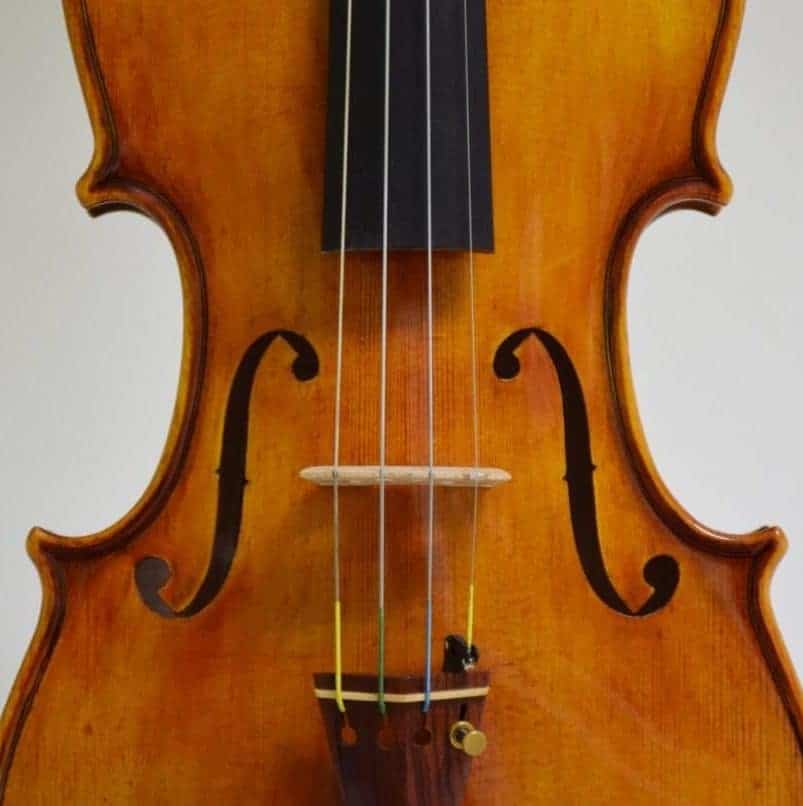 Visit our online store for great finds!
Visit our online store for great finds!
